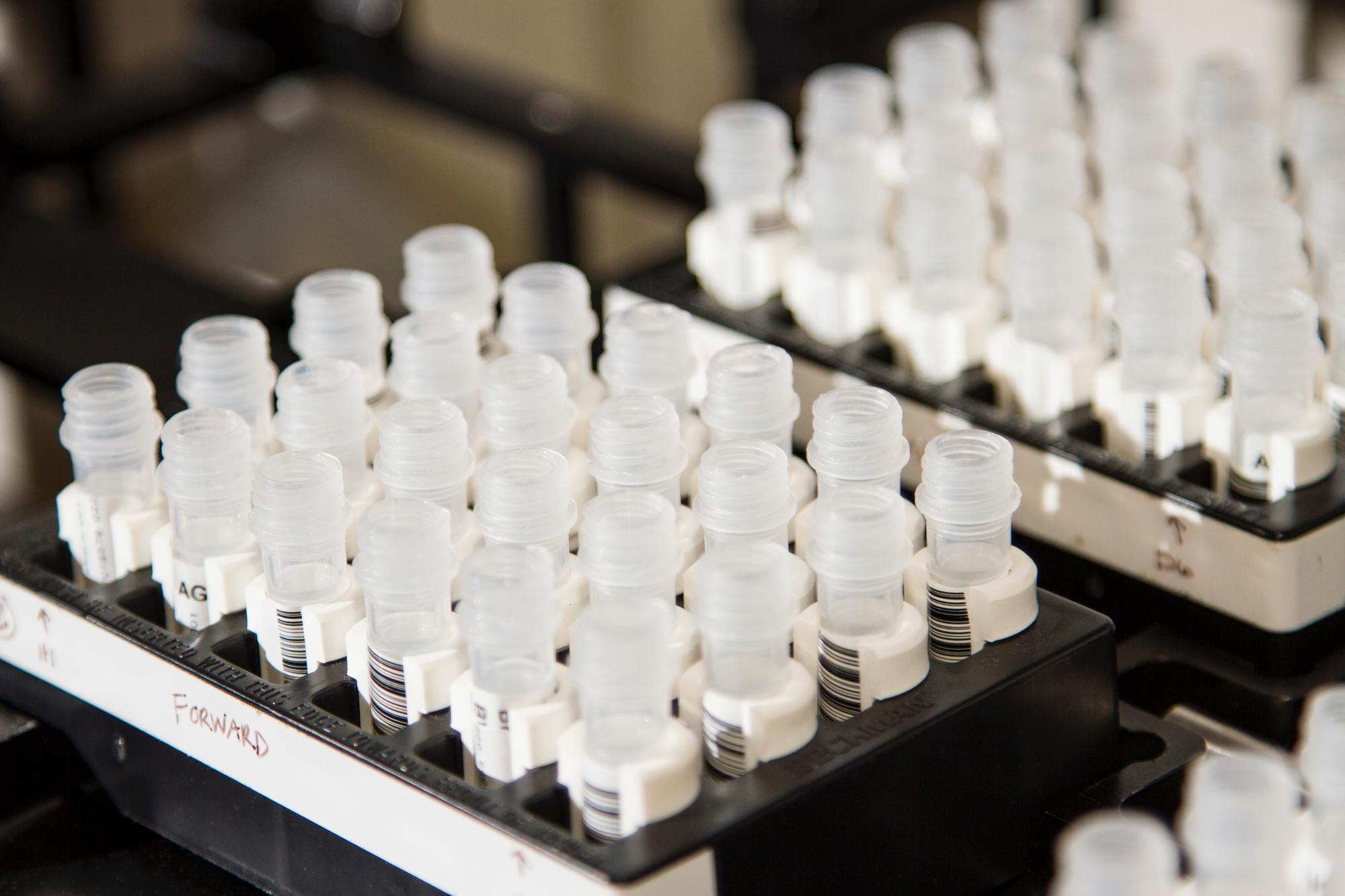Cannabis concentrates have become a mainstay in today’s marketplace, offering consumers high-potency products like shatter, wax, live resin, and distillate. Yet behind the potency and flavor lies a crucial health concern—residual solvents. These are chemical compounds left over from the extraction process, and their presence, even in trace amounts, has significant implications for consumer safety. Residual solvent testing has therefore become one of the most closely watched areas of cannabis lab analysis.
Why Residual Solvents Matter
Extraction methods such as butane, propane, ethanol, and carbon dioxide are widely used to isolate cannabinoids and terpenes from the plant. While these solvents are highly effective, they must be thoroughly purged from the final product. Inhaling residual hydrocarbons or alcohols can irritate the respiratory system and, in higher doses, potentially damage the liver, kidneys, or central nervous system.
Because concentrates are consumed in ways that involve high heat and direct inhalation, any leftover solvents can be delivered quickly into the lungs and bloodstream. For medical cannabis patients with compromised immune or respiratory systems, this concern is especially pressing.
The Standards and Numbers
Across the United States, state cannabis programs establish maximum allowable limits for residual solvents, often borrowing thresholds from the U.S. Pharmacopeia or international pharmacopeial standards. For example, butane and propane are typically limited to no more than 5,000 parts per million (ppm), while solvents considered more toxic—such as benzene—are limited to just 2 ppm or less.
Lab testing data from markets like Colorado and California shows that the majority of concentrates pass these thresholds, but not without exceptions. A review of California Bureau of Cannabis Control compliance reports revealed that roughly 2–4% of tested concentrates failed due to residual solvent levels above allowable limits. While that number may appear small, it represents thousands of products pulled from shelves annually.
What the Data Shows Consumers
The numbers highlight two realities. First, modern extraction equipment and processes are highly efficient when run correctly, resulting in clean products well within regulatory thresholds. Second, lapses in procedure, poorly maintained equipment, or inadequate purge cycles still occur, underscoring the importance of third-party lab verification.
Interestingly, solventless extraction methods—such as rosin pressing or ice water hash—have grown in popularity partly because they eliminate this risk. Consumer demand for solventless products reflects a market increasingly aware of health and safety considerations, not just potency or flavor.
Health Implications
Even when present below regulatory thresholds, residual solvents can have cumulative effects, particularly for heavy users. For individuals with chronic illnesses, compromised lung function, or heightened chemical sensitivities, the presence of residual solvents—even at “safe” levels—may trigger adverse reactions.
Medical professionals emphasize that more research is needed on the long-term effects of low-level solvent exposure in cannabis users. Unlike pharmaceutical drugs, where toxicology studies are exhaustive, cannabis testing is still relatively young. As such, erring on the side of caution remains the best practice for patients and health-conscious consumers.
The Path Forward
Residual solvent testing is more than a regulatory box to check—it is a cornerstone of consumer health protection in the cannabis industry. Data shows that while most concentrates meet safety standards, vigilance remains essential. For regulators, it means maintaining rigorous testing protocols and adjusting limits as new science emerges. For consumers, it underscores the importance of purchasing from licensed dispensaries where products have been tested, labeled, and verified.
As cannabis concentrates continue to evolve, residual solvent testing will remain a vital safeguard, ensuring that the pursuit of potency does not come at the expense of health.

